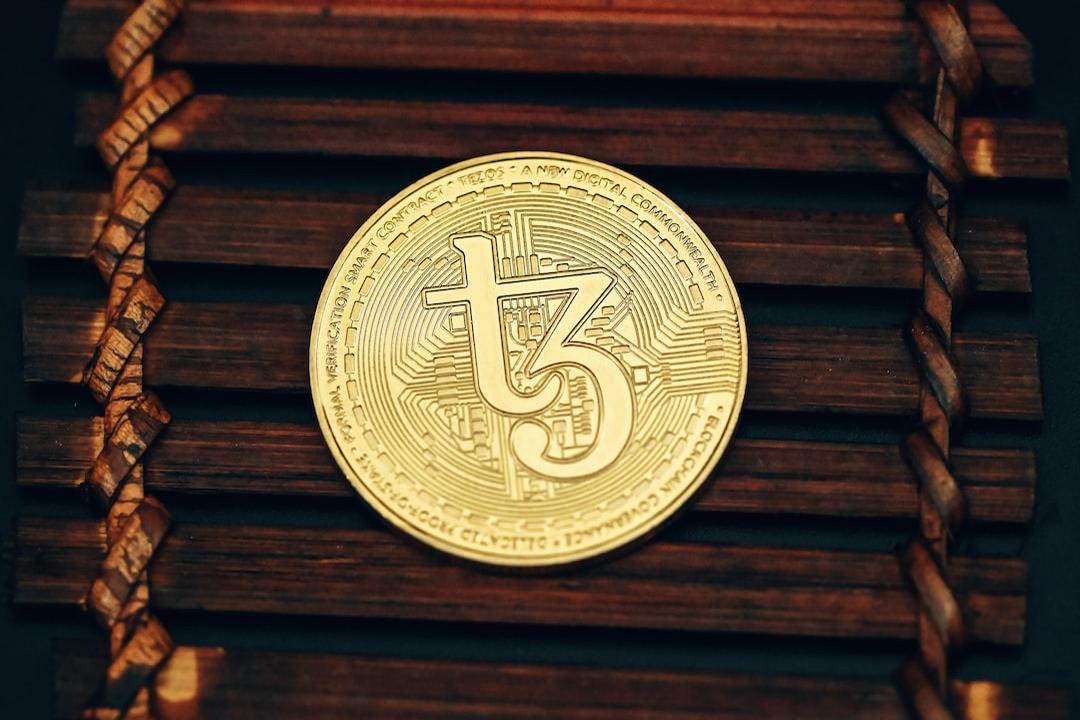Bitcoin (BTC) faced the possibility of breaking below $61,000 on May 9 as familiar trendlines underwent a fresh test of support.
The BTC/USD 1-hour chart showed that BTC price continued to put pressure on the support level of the bull market. The data from Cointelegraph Markets Pro and TradingView tracked the price movements of BTC as it gradually declined, erasing the gains made over the week.
Despite experiencing low-timeframe volatility, BTC/USD lacked significant upward momentum. The 100-day simple moving average (SMA) and the short-term holder realized price (STH-RP) were now back in focus. These are considered classic support levels for the bull market, and last week’s brief dip to $56,500 did not violate them for an extended period.
At the time of writing, the 100-day SMA was at $61,200, and the STH-RP stood at $60,100. Popular trader Skew highlighted the importance of the 100-day SMA and the monthly open at $60,600 on higher timeframes. He emphasized the need to see evidence of sellers being absorbed to confirm a strong demand.
Data from CoinGlass, a monitoring resource, confirmed the presence of bid liquidity just below $61,000, indicating that Bitcoin still needed to challenge this level during the day. Skew previously summarized that someone was manipulating the price lower to attract liquidity for selling on bounces.
The recent price movements of BTC also affected the network fundamentals. Bitcoin mining difficulty was set to decrease by 5.5%, marking its largest single downward adjustment since the end of the 2022 bear market. Currently, the difficulty is at an all-time high of 83.23 trillion.
Mining analysis account Pennyether noted that the hash rate was already declining. However, it emphasized that what mattered for miners was the difficulty level, not the network hash rate. Miners would not be able to mine more bitcoin per EH/s until the difficulty adjusted downward, which typically occurs every 2016 blocks (~14 days).
It is important to note that this article does not provide investment advice or recommendations. Readers should conduct their own research before making any investment or trading decisions.

